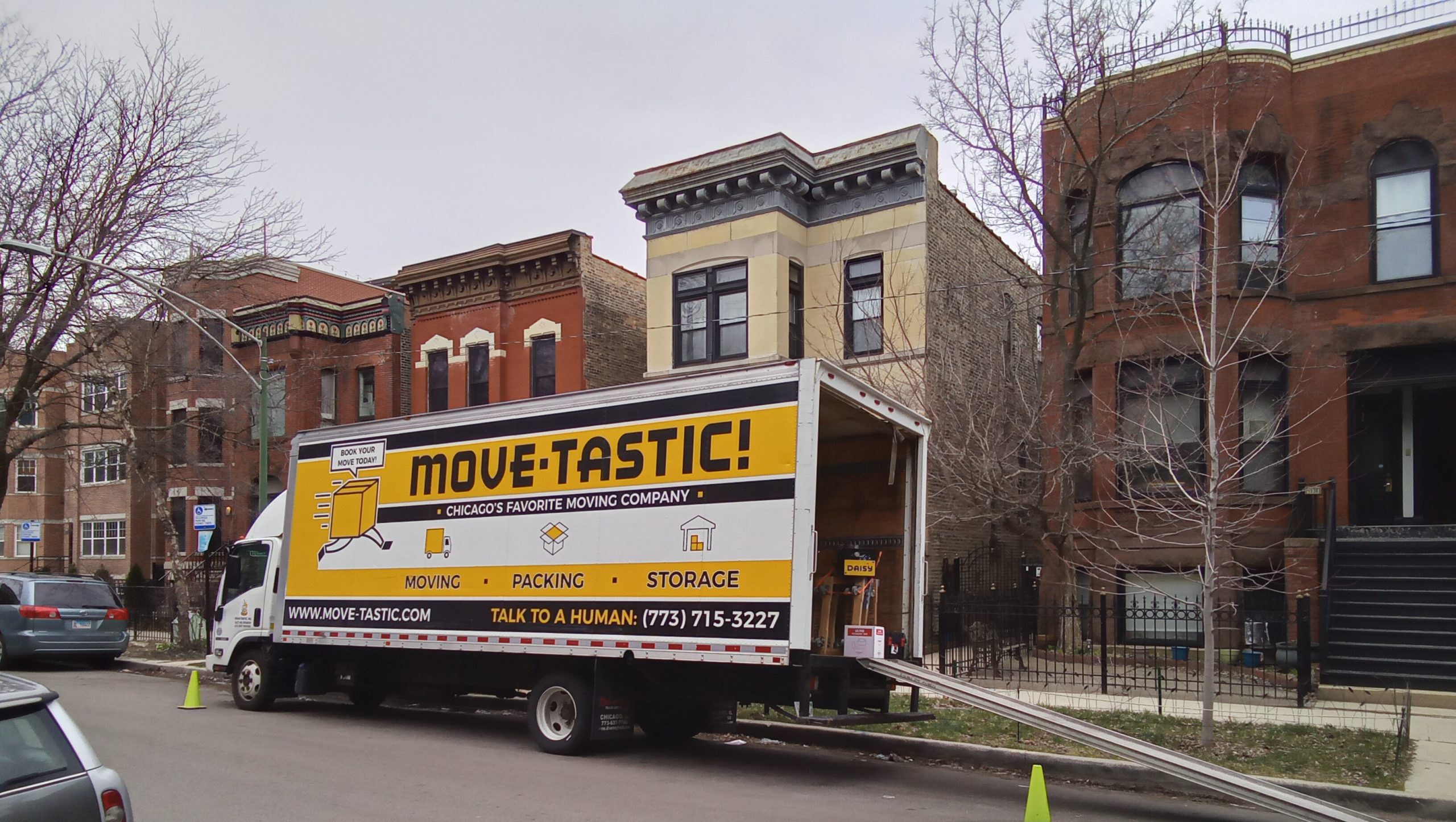
by Rose Morrison
Rose is the managing editor of Renovated, a home living site where she strives to help people live their best DIY lives.
You found the perfect house with enough space to accommodate your family, meets all your needs and is in an ideal location. There’s just one issue — it isn’t finished.
Many people might hesitate to move into an unfinished home — settling in will take longer as you work on making the house your own. Although the transition is more complicated than moving into a newly renovated home, the rewards could outweigh the risks.
Not everyone can take on the work, costs or arrangements associated with living in a house as construction is underway. That’s why you must research and consider everything before buying an unfinished home.
A Necessary Inconvenience
American homebuyers can attest to the wild ride they endured in the housing market throughout the last two to three years. They’ve demonstrated greater care in spending their money amid higher mortgage rates and rising inflation costs. Low inventory, high demand and more projects left abandoned have buyers making decisions they didn’t think they would make — for example, purchasing and moving into an unfinished home.
In the past, homeowners would finish renovations or simple DIY projects before relocating. They would gut their kitchens, spend $500 to $1,000 to remove walls, create an open floor plan and upgrade appliances to meet their needs.
Experts often recommend scheduling the closing date on a different day than the move-in day to make home improvements, hire cleaning crews and better coordinate your transition. However, the lagging supply chain and delayed construction prompt homeowners to move into — or feel forced to reluctantly close on — their new homes before projects are completed.
While inconvenient, there are some benefits to living in an unfinished house. However, weighing the advantages and disadvantages of moving in early is essential.
The Risks and Rewards of Living in an Unfinished Home
Younger generations will tell you that homeownership is a far-reaching dream they hope to attain someday. In 2018, only 64.2% of Americans owned a house. While many might see moving into an unfinished home as a way around the skyrocketing home prices, it could present several challenges.
The Risks
Construction injuries from slips and falls occur at a rate of 31.4 for every 10,000 construction workers. Imagine the risks for someone without the proper training and safety expertise.
Living in an unfinished home could prove dangerous for you and your household. For instance, wearing the wrong shoes may lead to shattered phalanges in your foot if even a 3-pound weight falls. Additionally, you’ll need to account for potential toxins, open electrical wires, or a lack of functioning appliances and fixtures.
Moving into an unfinished home could also be inconvenient if you work remotely or have young children. A renovation zone often comes with dust, loud noise and workers encroaching on your privacy. You may deal with these grievances for a while, depending on how far into the project you are.
The Rewards
Conversely, buyers often discover a few advantages of living in their unfinished homes, including the following:
- Save money they would’ve spent by living off the premises during construction
- More closely supervise the work to ensure accuracy
- Allocate rental money toward home renovation projects instead
- Have more living space than a rental — although this depends on how many construction zones are in your home
- Avoid moving in with and burdening friends and family during construction
- Decorate and organize the house as each space is completed
Moving into an unfinished house might be right for you if you can get around the distractions while working at home or believe it’s safe for everyone — including pets — to live there during renovations.
Plan When Moving Into an Unfinished Home
Successfully moving into an unfinished home requires careful planning on your part. Always practice due diligence and know what you’re getting into before moving in. Review documentation to ensure permits and liability insurance are still valid.
Work on completing the essential areas of the house first, such as the kitchen, which is often where movers unpack their boxes first. Finishing renovating your kitchen will allow you to cook meals at home and save money you’d spend eating out.
Other ways to plan and prepare for moving into an unfinished home include the following:
- Hiring a contractor and asking friends and family for assistance
- Creating safe zones for your household to spend time in
- Covering up construction areas with plastic tarps to avoid dust and debris
- Having an air mattress, folding tables and chairs, noise-canceling headphones and activities on hand to make life easier
- Taking advantage of coffee shops, bookstores and co-op workspaces while working remotely
- Ensuring you have proper safety attire, including gloves, close-toed shoes, long-sleeved shirts and masks
Thoroughly clean before moving your furniture into a completed room. It’s always best to clean the ceiling first since dust falls — you can then avoid sweeping and vacuuming the floors twice.
Allow the Experts to Take a Load Off You
Even the most prepared homeowner carries a lot of stress when moving into an unfinished residence. There’s much to get done when you just want to settle in. Take a load off and contact the professionals at Move-Tastic to help you with a seamless move so you can continue turning your house into a home.